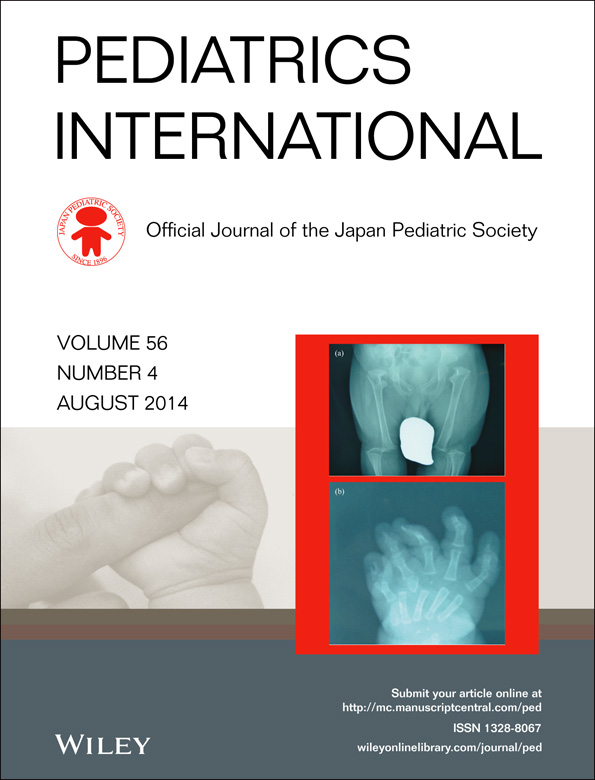Cyclosporine for acute encephalopathy with biphasic seizures and late reduced diffusion
Abstract
Background
Acute encephalopathy with biphasic seizures and late reduced diffusion (AESD) is the most common syndrome among the acute encephalopathies, and is associated with a high incidence of neurologic sequelae. This study examined the efficacy of cyclosporine (CsA) for the treatment of AESD.
Methods
Fourteen children with AESD were recruited and categorized as group A (not receiving CsA) and group B (receiving CsA). Clinical course, laboratory data, magnetic resonance imaging (MRI), and outcome were analyzed retrospectively. We divided the patients into three types according to the distribution of abnormalities on MRI: frontal lobe predominant type, unilateral cerebral hemisphere type, and diffuse type. We used the Pediatric Cerebral Performance Category scale (PCPC) and the Pediatric Overall Performance Category scale (POPC) as prognostic measures.
Results
Of the 14 children, five were boys (age range, 9–32 months). PCPC score was: 1 for seven patients, 2 for three patients, and 3 for four patients. There was no significant difference in PCPC between groups A and B (P = 0.293). POPC score was: 1 for six patients, 2 for five patients, and 3 for three patients. There was a significant difference in POPC between groups A and B when patients with the frontal lobe predominant type were excluded (P = 0.020).
Conclusions
CsA could improve the neurological prognosis of patients with AESD, except for those with frontal lobe predominant type.




